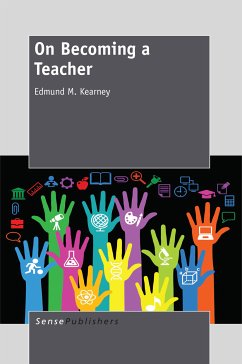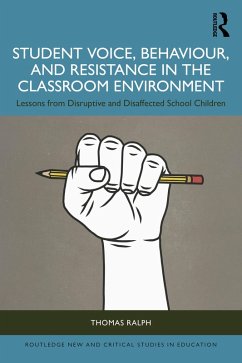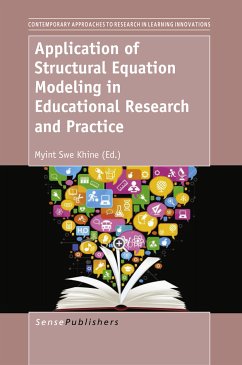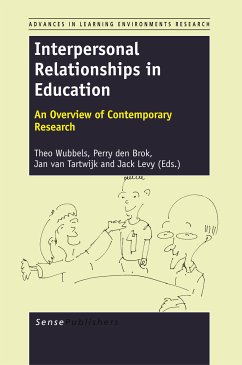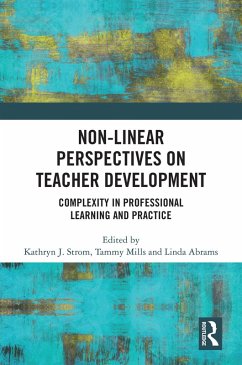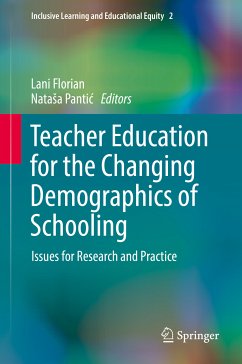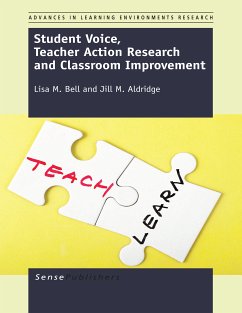
Student Voice, Teacher Action Research and Classroom Improvement (eBook, PDF)

PAYBACK Punkte
14 °P sammeln!
The issue of teacher quality is increasingly seen as being central to education policy development and this emphasis highlights the role teacher professional development plays in improving teacher effectiveness and the quality of learning in the classroom. This book describes a large-scale research program which investigated the feasibility of using student perceptual measures as the basis for teacher development and classroom improvement. The book describes how teachers' use of the student feedback, as part of an action-research process, was used to guide improvements to their respective clas...
The issue of teacher quality is increasingly seen as being central to education policy development and this emphasis highlights the role teacher professional development plays in improving teacher effectiveness and the quality of learning in the classroom. This book describes a large-scale research program which investigated the feasibility of using student perceptual measures as the basis for teacher development and classroom improvement. The book describes how teachers' use of the student feedback, as part of an action-research process, was used to guide improvements to their respective classrooms which in turn provided them with increased opportunities for teacher development and growth. In addition to this, it reports the efforts of one school which purposefully linked the involvement of their teachers to their school improvement initiatives. This book would be of interest to a range of audiences including researchers, teachers and school leaders. Its attractions include its far-reaching implications for educational systems concerning the ways in which student feedback can be used to facilitate teacher development and growth. The book also reports the use of a multi-method research design in which quantitative and qualitative methods were successfully employed simultaneously within two concurrent and interrelated investigations.
Dieser Download kann aus rechtlichen Gründen nur mit Rechnungsadresse in A, B, BG, CY, CZ, D, DK, EW, E, FIN, F, GR, HR, H, IRL, I, LT, L, LR, M, NL, PL, P, R, S, SLO, SK ausgeliefert werden.



